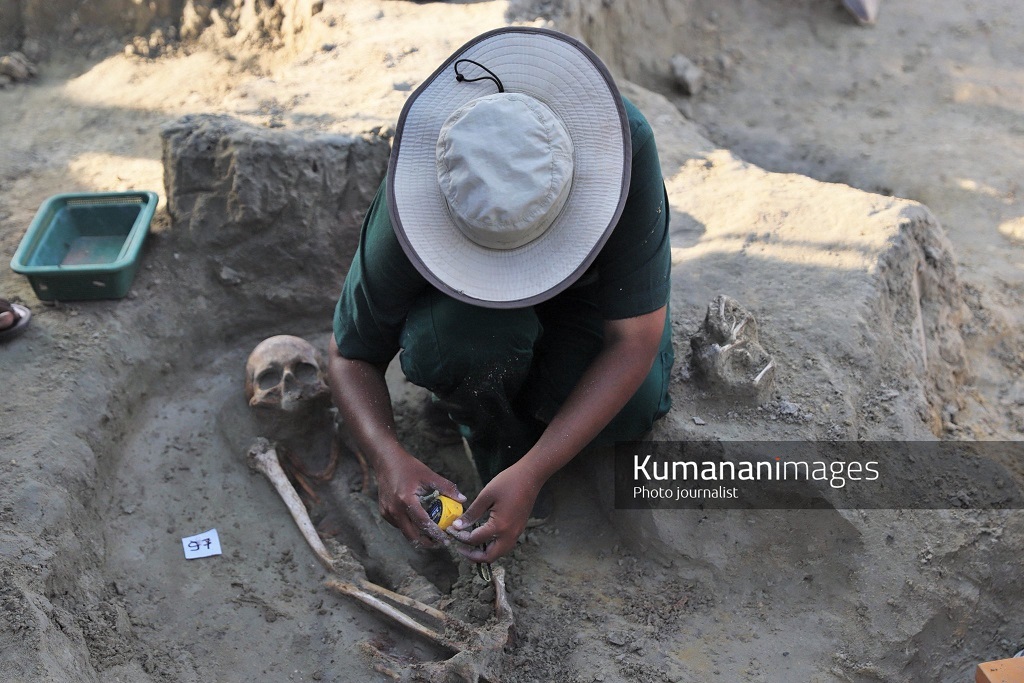The Chemmani mass grave in Jaffna has once again thrust Sri Lanka’s troubled past into the spotlight, as forensic excavations continue to uncover skeletal remains believed to belong to victims of enforced disappearances during the country’s civil war.
As of July 28, authorities have exhumed 101 human remains, including those of children and infants, from the Chemmani-Siththupaththi Hindu cemetery. Personal items such as school bags, toys, bangles, and feeding bottles were found alongside the remains, intensifying calls for a transparent and internationally supervised investigation.
A Grave History Revisited
Chemmani first drew national attention in 1998, when Lance Corporal Somaratne Rajapakse, convicted in the rape and murder of schoolgirl Krishanthi Kumaraswamy, testified that 300–400 bodies were buried in the area. His confession led to initial excavations in 1999, which unearthed 15 skeletons, but legal proceedings stalled amid administrative delays.
The current excavation, ordered by the **Jaffna Magistrate’s Court**, began in **February 2025 after construction workers uncovered skeletal remains during cemetery redevelopment. The Criminal Investigation Department (CID) has since taken over the investigation, though civil society groups have raised concerns over transparency and political interference.
Calls for Accountability
The **International Commission of Jurists (ICJ)** has urged the Sri Lankan government to ensure that the investigation adheres to international human rights standards, including the Minnesota Protocol for investigating unlawful deaths. “Behind every set of remains lies a family that has endured unimaginable suffering,” said Mandira Sharma, Senior Legal Adviser at the ICJ. “International oversight is required to ensure these processes meet the highest professional and legal standards.”
Sri Lanka has one of the highest numbers of unresolved enforced disappearances globally, with estimates ranging from tens of thousands, mostly linked to the conflict between government forces and the Liberation Tigers of Tamil Eelam (LTTE).
A Symbol of Impunity
For many, Chemmani is more than a burial site—it is a symbol of Sri Lanka’s legacy of impunity. Families of the disappeared, like Srikanthi, who still searches for her nephew Selvaraja Partheepan, abducted in 1996, continue to demand justice. “When we see those bones, our eyes fill with tears,” she said. “We wonder if one of them could be our Partheepan.”
Despite the establishment of institutions like the **Office on Missing Persons (OMP)**, critics argue that domestic mechanisms have failed to deliver truth or justice. The **UN Human Rights Council** has repeatedly called for international involvement, citing the lack of credible investigations into mass graves across the country.
What Lies Ahead
The Chemmani exhumations are scheduled to continue until **August 4**, with forensic experts and archaeologists working under judicial supervision. Whether this process will lead to prosecutions or meaningful reconciliation remains uncertain.
For now, the soil of Chemmani continues to speak—revealing not only the remains of the disappeared but also the enduring silence of a nation still reckoning with its past.
(c)SLB
